Home>Articles>In A Three-Compartment Sink What Goes In The First Compartment
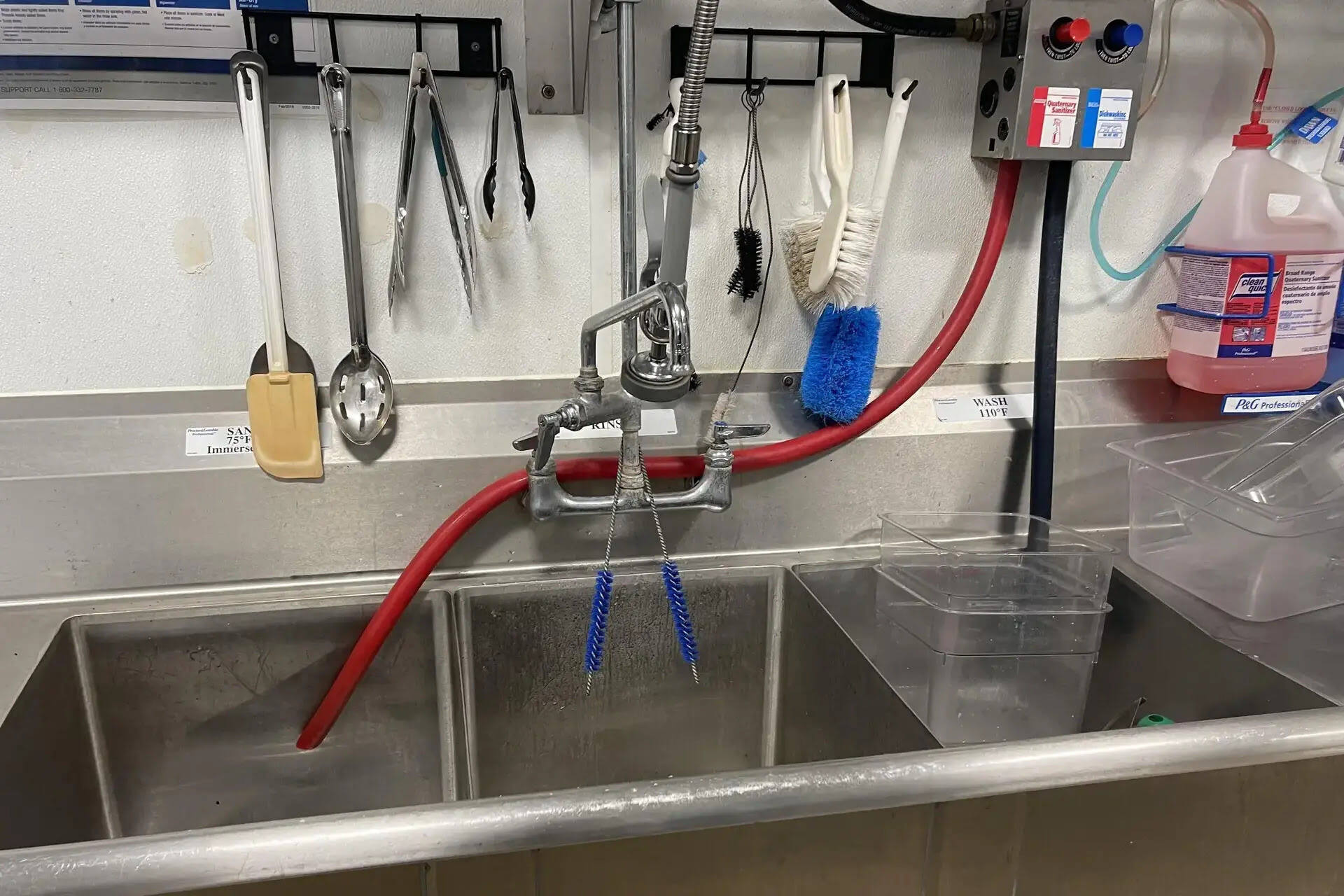

Articles
In A Three-Compartment Sink What Goes In The First Compartment
Modified: February 23, 2024
Discover the proper way to organize your three-compartment sink. Learn what goes in the first compartment and ensure your kitchen is up to hygiene standards.
(Many of the links in this article redirect to a specific reviewed product. Your purchase of these products through affiliate links helps to generate commission for Storables.com, at no extra cost. Learn more)
Introduction
In any food service establishment, maintaining cleanliness and hygiene is of utmost importance. This includes not only the ingredients and food preparation areas but also the kitchen utensils and equipment used. One essential tool in any commercial kitchen is a three-compartment sink.
The three-compartment sink, also known as a dishwashing sink, is specifically designed to facilitate the proper cleaning and sanitization of dishes, glasses, utensils, and other kitchenware. It consists of three separate compartments, each serving a specific purpose in the dishwashing process. Understanding how to properly use each compartment is crucial for ensuring the cleanliness and safety of your kitchen.
In this article, we will focus on the first compartment of a three-compartment sink. We will discuss its purpose, the items that go in this compartment, and the proper cleaning techniques to follow. By the end, you will have a comprehensive understanding of how to effectively use the first compartment for optimal results.
Key Takeaways:
- Proper use of the first compartment in a three-compartment sink is crucial for effective removal of food debris and grease, preventing cross-contamination, and promoting efficient dishwashing processes.
- Understanding the purpose, setup, and proper cleaning techniques of the first compartment ensures thorough cleaning of diverse kitchenware, contributing to a clean and safe food service environment.
Read more: How To Use A Three Compartment Sink
Purpose of a Three-Compartment Sink
The primary purpose of a three-compartment sink is to ensure the thorough cleaning and sanitization of kitchenware and utensils used in a food service establishment. It allows for efficient and effective washing, rinsing, and sanitizing of dishes, glasses, silverware, and other items.
Proper cleaning and sanitization are crucial for preventing the spread of harmful bacteria, germs, and contaminants that can cause foodborne illnesses. By using a three-compartment sink, you can maintain a high standard of cleanliness and ensure that the kitchenware used in food preparation is safe for use.
In addition to promoting hygiene and food safety, a three-compartment sink also helps in meeting regulatory standards and health code requirements. Health inspections often assess the dishwashing process and how well it adheres to industry guidelines. By following the proper procedures using a three-compartment sink, you can demonstrate your commitment to maintaining a clean and safe food service establishment.
Furthermore, a three-compartment sink provides a systematic and organized approach to dishwashing. It ensures that each step of the cleaning process is properly followed, from initial washing to final sanitization. This systematic approach saves time and effort, allowing for more efficient kitchen operations.
Overall, the purpose of a three-compartment sink is to provide a dedicated and controlled environment for the cleaning and sanitization of kitchenware. By utilizing this essential tool, you can maintain a high standard of cleanliness, comply with health regulations, and ensure the safety of your customers and staff.
Understanding the Three-Compartment Sink Setup
Before delving into the specifics of the first compartment, let’s take a moment to understand the setup of a three-compartment sink. A standard three-compartment sink consists of three separate compartments arranged in a specific order: wash, rinse, and sanitize.
The first compartment is used for washing, where the soiled kitchenware is initially cleaned to remove food debris and grease. The second compartment is for rinsing, where the items are rinsed with clean water to remove soap residue. Finally, the third compartment is for sanitizing, where the items undergo a sanitization process to kill any remaining bacteria and germs.
Each compartment is typically filled with hot water and a suitable detergent or sanitizing solution. The sink should be deep enough to fully submerge the largest items being washed or sanitized. Additionally, the sink should have a drainboard or drying rack adjacent to it to allow for proper drying of the washed items.
Understanding the setup of the three-compartment sink is important to ensure that you follow the correct sequence and maintain the integrity of the dishwashing process.
It is worth noting that some establishments may also include a fourth compartment, known as a prewash compartment. This is an optional addition and serves to pre-soak heavily soiled or baked-on items before moving them to the wash compartment.
Overall, the three-compartment sink setup provides a systematic approach to dishwashing, allowing for efficient cleaning, rinsing, and sanitization of kitchenware. By following this setup, you can ensure that proper protocols are followed and that your kitchenware is thoroughly cleaned.
First Compartment in a Three-Compartment Sink
The first compartment in a three-compartment sink plays a crucial role in the dishwashing process. It is where the initial cleaning of the soiled kitchenware takes place. This compartment is dedicated to removing food debris, grease, and other contaminants from the items.
The first compartment is typically filled with hot water and a suitable detergent or degreaser. The water should be at a temperature of at least 110°F (43°C) to effectively dissolve grease and food particles. The detergent used should be specifically formulated for dishwashing to ensure proper cleaning and hygiene.
When using the first compartment, it is essential to follow proper cleaning techniques. Start by scraping off excess food from the dishes, plates, pots, and pans before placing them in the sink. This helps prevent clogging of the drain and ensures more efficient cleaning.
Once the items are in the first compartment, use a scrub brush or sponge to scrub away any remaining food particles and grease. Pay extra attention to areas with stubborn residue, such as corners and crevices.
When scrubbing, make sure to change the water frequently to maintain its cleanliness and effectiveness. Dirty water can transfer contaminants back onto the items, compromising the cleaning process. It is also recommended to use separate brushes or sponges for different types of items to prevent cross-contamination.
After scrubbing, rinse the items under running water to remove any loosened food debris and detergent residue. It is important to thoroughly rinse each item to ensure they are ready for the next stage of the dishwashing process.
As you work in the first compartment, it is good practice to periodically skim off any floating debris from the water’s surface. This helps maintain the cleanliness of the water and ensures a more effective cleaning process.
Remember, the goal of the first compartment is to achieve a thorough initial cleaning of the kitchenware. By following the proper techniques and using hot water and suitable detergents, you can ensure that the items are free from food residue, grease, and other contaminants.
The first compartment of a three-compartment sink is for washing, so it should be filled with hot, soapy water. This is where you will scrub and clean the dishes, utensils, and equipment.
Importance of the First Compartment
The first compartment in a three-compartment sink holds great significance in the dishwashing process. It serves as the initial step in removing food debris, grease, and contaminants from kitchenware. The importance of the first compartment can be understood from the following points:
- Effective Cleaning: The first compartment ensures that the dishes, utensils, and other items are properly cleaned. By using hot water and detergent, it effectively dissolves grease and loosens food particles, making it easier to remove them during scrubbing.
- Prevents Cross-Contamination: By starting with the first compartment, you separate the dirty kitchenware from the clean items that will be used for rinsing and sanitizing. This helps prevent cross-contamination and maintains the overall hygiene of the dishwashing process.
- Removes Food Residue: Food residue left on dishes can harbor bacteria and lead to foodborne illnesses. The first compartment ensures that all food debris, including those stuck to hard-to-reach areas, is thoroughly removed. This promotes safe and healthy food preparation.
- Promotes Efficiency: Proper cleaning in the first compartment saves time in subsequent steps. By removing as much food debris and grease as possible, the subsequent compartments for rinsing and sanitizing can focus on eliminating any remaining contaminants rather than dealing with excessive dirt.
- Enhances Sanitization: Clean items going into the sanitizing compartment are more effective at achieving proper sanitization. Removing food residue in the first compartment ensures that the sanitizer can come into direct contact with the surfaces, effectively killing bacteria and germs.
Ultimately, the first compartment sets the stage for the rest of the dishwashing process. It ensures that the items are thoroughly cleaned, free from contaminants, and ready to move on to the next steps of rinsing and sanitization.
By recognizing the importance of the first compartment, you can prioritize and follow proper techniques to achieve optimal cleaning results. This not only promotes food safety and hygiene but also contributes to a well-organized and efficient dishwashing process in your food service establishment.
Items that Go in the First Compartment
The first compartment of a three-compartment sink is specifically designed to accommodate various kitchenware items that require thorough cleaning. It is essential to know which items can be placed in the first compartment to ensure proper cleaning and hygiene. Here are some common items that go in the first compartment:
- Dishes and Plates: Any plates, bowls, or saucers used for serving food should be placed in the first compartment. Ensure that they are free from excess food debris before placing them in the sink.
- Cookware: Pots, pans, baking sheets, and other cooking utensils that have come into contact with food should be washed in the first compartment. Make sure to remove any caked-on food or grease before placing them in the sink.
- Silverware: Utensils such as spoons, forks, knives, and serving utensils can all be cleaned in the first compartment. Pay close attention to any food residue stuck between tines or handles.
- Glasses and Cups: Drinking glasses, coffee mugs, and other beverage containers should be placed in the first compartment. Ensure that they are free from any leftover liquids or stains before washing.
- Cutting Boards: Cutting boards used for preparing fruits, vegetables, meats, or other ingredients should be thoroughly cleaned in the first compartment. Scrub away any remaining food particles and ensure that both sides are properly washed.
- Kitchen Utensils: Various kitchen utensils such as spatulas, tongs, ladles, and whisks should be placed in the first compartment. Pay attention to hard-to-reach areas and ensure that all surfaces have been adequately cleaned.
- Small Appliances: Some small appliances, such as blender jars, can be placed in the first compartment for cleaning. Make sure to remove any removable parts and thoroughly wash them as well.
It is important to note that delicate items, such as fine china, crystal glasses, or sharp knives, may require special care. These items should be washed with caution and preferably hand-washed separately from other utensils to avoid damage.
Remember to scrape off excess food debris from all items before placing them in the first compartment. This helps prevent clogging of the drain and ensures a more efficient cleaning process.
By properly categorizing and placing the relevant items in the first compartment, you can ensure a thorough cleaning process that removes food debris and contaminants from your kitchenware.
Proper Cleaning Techniques in the First Compartment
The first compartment of a three-compartment sink requires proper cleaning techniques to ensure the thorough removal of food debris, grease, and contaminants from kitchenware. By following these techniques, you can maximize the effectiveness of the first compartment in achieving cleanliness and hygiene:
- Pre-Scraping: Before placing items in the first compartment, it is important to pre-scrape excess food debris. Use a utensil or scraper to remove any leftover food from plates, pots, and pans. This helps prevent clogging of the drain and ensures a more efficient cleaning process.
- Hot Water: Fill the first compartment with hot water at a temperature of at least 110°F (43°C). Hot water helps dissolve grease and food particles, making it easier to remove during scrubbing. Ensure that the water is hot and maintained at a suitable temperature throughout the cleaning process.
- Appropriate Detergent: Use a detergent specifically formulated for dishwashing. The detergent should have degreasing properties and be effective in removing food residue. Follow the manufacturer’s instructions for the appropriate amount of detergent to use based on the water volume in the first compartment.
- Scrubbing: Use a scrub brush or sponge to scrub the items in the first compartment. Pay attention to all surfaces, including corners, crevices, and handles. Scrub away any remaining food particles and grease. For stubborn residue, use gentle scrubbing techniques or soak the items before scrubbing.
- Change Water Frequently: As you clean, the water in the first compartment may become dirty with food debris and grease. To maintain the cleanliness and effectiveness of the water, it is important to change it regularly. Drain and refill the compartment with fresh hot water and detergent as needed.
- Rinsing: After scrubbing, rinse the items under running water to remove any loosened food debris and detergent residue. Thoroughly rinse each item to ensure they are ready for the next stage of the dishwashing process. Ensure that there are no visible traces of soap or leftover residue after rinsing.
- Remove Floating Debris: Periodically skim off any floating debris from the water’s surface in the first compartment. This helps maintain the cleanliness of the water and ensures a more effective cleaning process. Use a skimmer or ladle to remove any debris without disturbing the items in the sink.
Remember to follow proper hygiene practices while handling the items and cleaning in the first compartment. Wash your hands thoroughly before and after handling the kitchenware to prevent the spread of bacteria.
By following these proper cleaning techniques in the first compartment, you can ensure that your kitchenware is thoroughly cleaned, removing food debris, grease, and contaminants effectively.
Conclusion
The first compartment in a three-compartment sink plays a vital role in the dishwashing process in any food service establishment. It serves as the initial step in removing food debris, grease, and contaminants from kitchenware.
Understanding the purpose of a three-compartment sink and its setup is crucial for maintaining cleanliness and hygiene in the kitchen. By following the correct sequence and techniques, you can ensure that your kitchenware is thoroughly cleaned and ready for use.
The first compartment is where the initial cleaning takes place. Using hot water, appropriate detergents, and scrubbing techniques, you can effectively remove food residue from dishes, plates, cookware, silverware, glasses, and other items. Proper pre-scraping, periodic water changes, and rinsing are essential to maximize the effectiveness of the first compartment.
The items that go in the first compartment are diverse and include various kitchenware used in food preparation and serving. It is important to properly categorize and separate delicate items that require special care.
By maintaining a clean and efficient first compartment, you can prevent cross-contamination, enhance the sanitization process, and ultimately promote food safety and hygiene in your food service establishment.
In conclusion, the first compartment of a three-compartment sink is a critical component of dishwashing. By following proper techniques and understanding its importance, you can ensure the thorough cleaning of your kitchenware, contributing to a clean and safe food service environment.
Frequently Asked Questions about In A Three-Compartment Sink What Goes In The First Compartment
Was this page helpful?
At Storables.com, we guarantee accurate and reliable information. Our content, validated by Expert Board Contributors, is crafted following stringent Editorial Policies. We're committed to providing you with well-researched, expert-backed insights for all your informational needs.

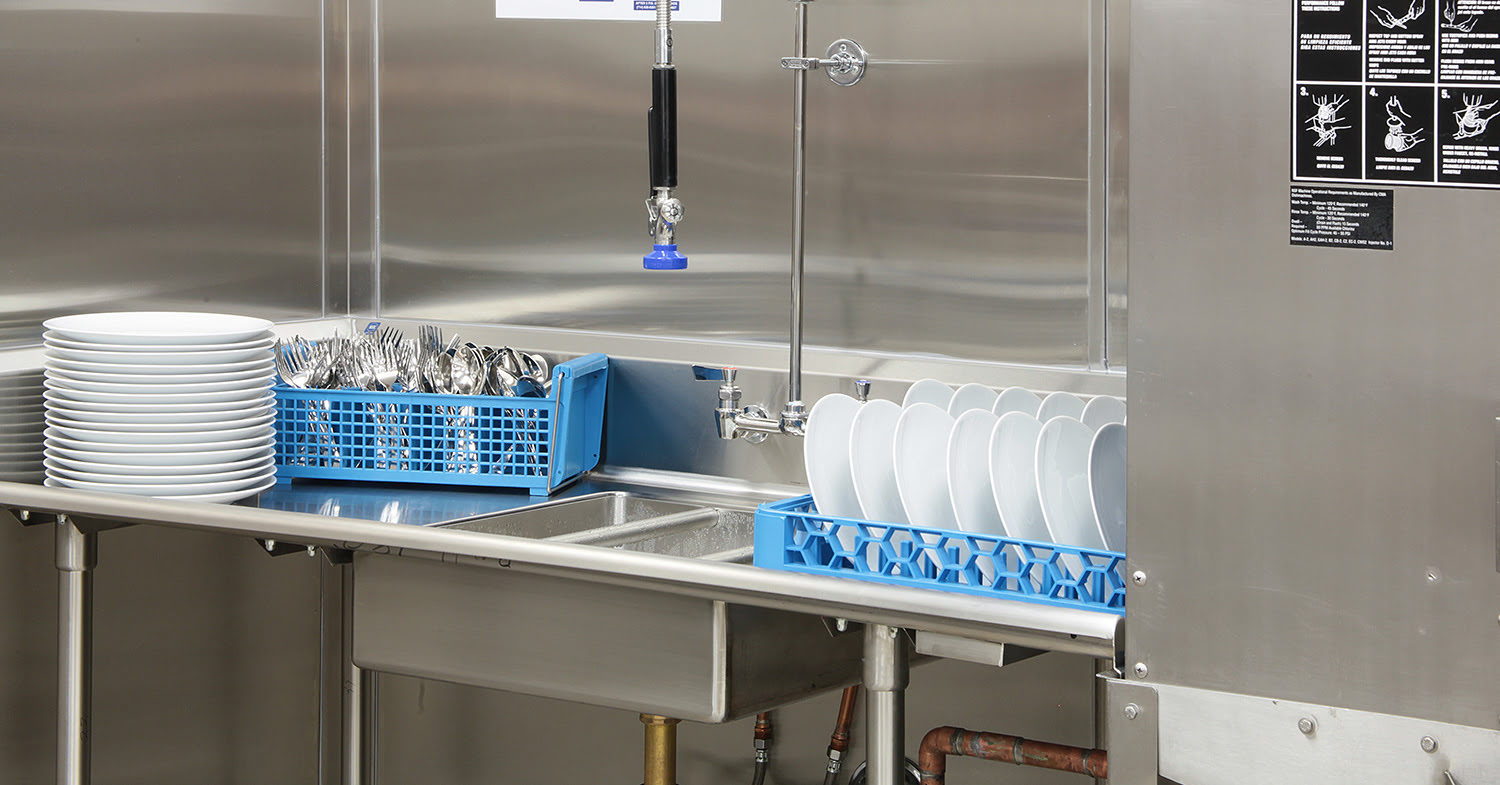
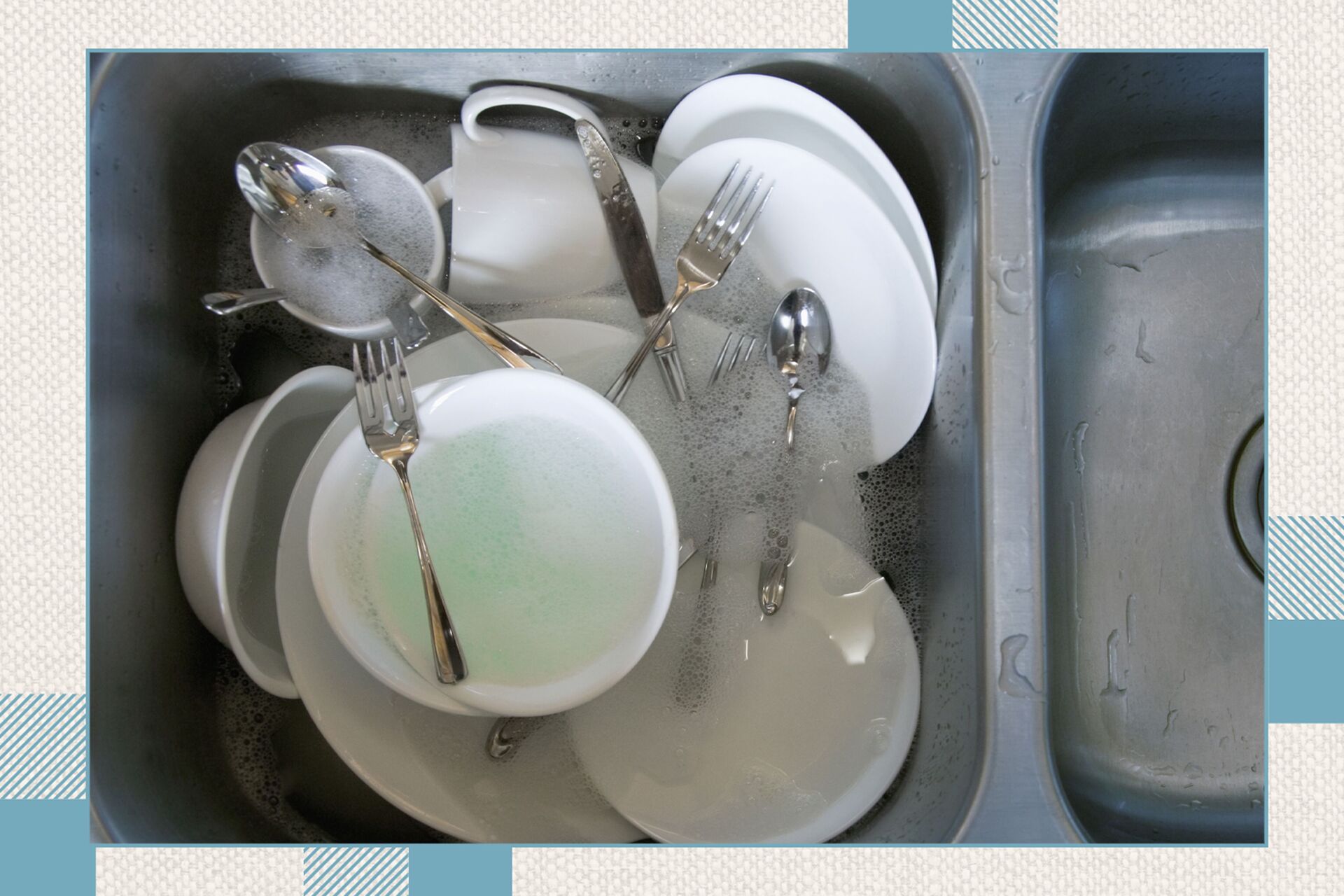
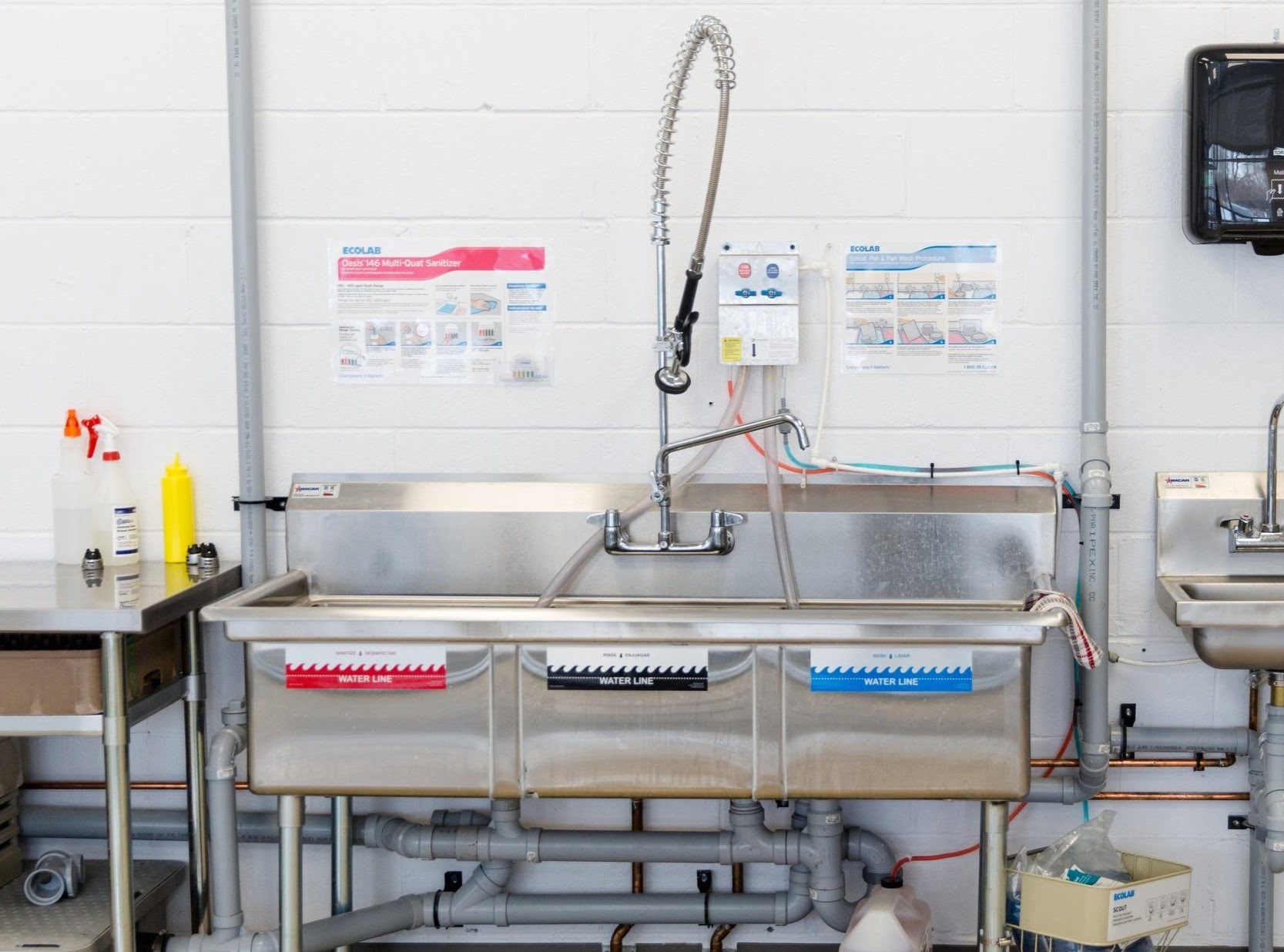

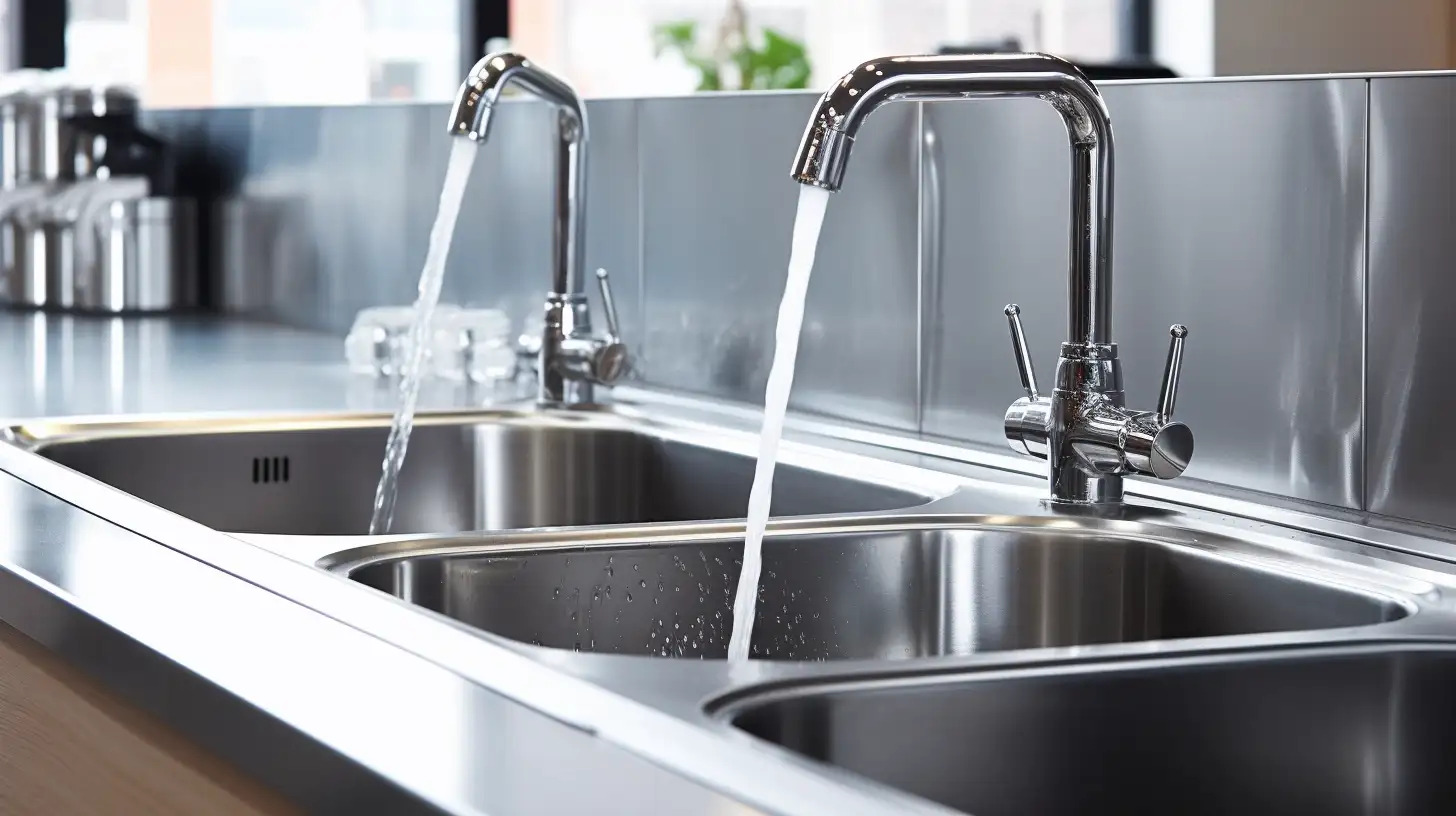









0 thoughts on “In A Three-Compartment Sink What Goes In The First Compartment”